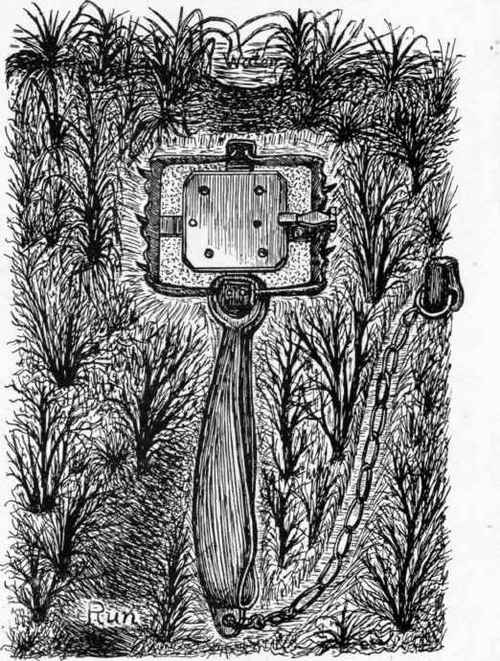Otter
Description
This section is from the book "The Balance Of Nature And Modern Conditions Of Cultivation", by George Abbey. Also available from Amazon: The Balance Of Nature And Modern Conditions Of Cultivation.
Otter
To have otters inhabiting a reach of river and to keep up a stock of fish therein is generally regarded as an incompatible condition of affairs. Nevertheless, trout are often found abundant near the haunts of the otter, where it may do some good by destroying big fish that are wary of the wiles of the angler and are the worst of vermin in a stream. On the other hand, an otter in a strictly preserved stream, and this closely fished, is intolerable; though, if the fisherman be an all-round sportsman, the otter will be allowed some presence for hunting in its proper season. The otter-hunter insists that the food of his quarry consists mainly of freshwater cray-fish, and of eels - deadly enemies to trout streams or salmon rivers. The otter's virtues, however, are mostly regarded as ending upon the river-bank, and as for visiting farmyards and destroying poultry, and even young lambs, there are no authenticated records.

Fig. 83. - Very Strong Spiked Otter Trap. (Supplied by Messrs. Wm. Burgess & Co., Malvern Wells.)
The otter may be trapped by a strong single or double spring otter trap, with either plain teeth, or both teeth and spiked jaws (Fig. 83), and with 6 in. or 8 in. jaws. The trap may be set in a track of the animal through a bed of rushes or osiers. The trap must be well covered up and the chain well secured by the peg. Some trappers recommend the trap to be placed close to the edge of deep water, and the chain not fastened to a fixed object, but to a piece of lead of such weight that the otter, when frightened by the snap of the trap, instinctively diving under water, can drag it over the edge and thus drown the animal without risk of it wrenching or biting its foot free from the trap. A long line is tied to the trap in order to recover the drowned otter along with the implement of destruction.
Continue to:


